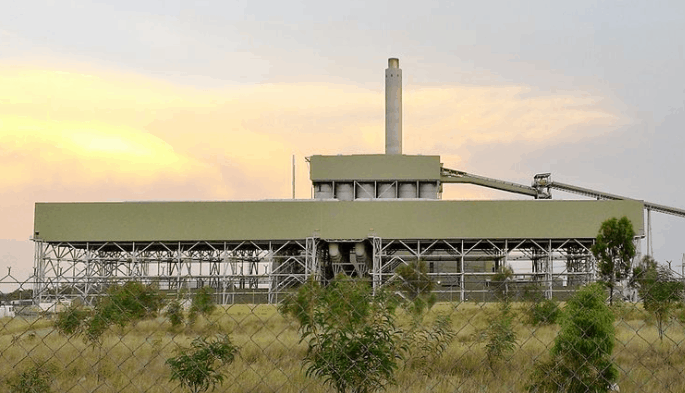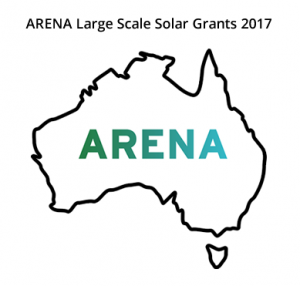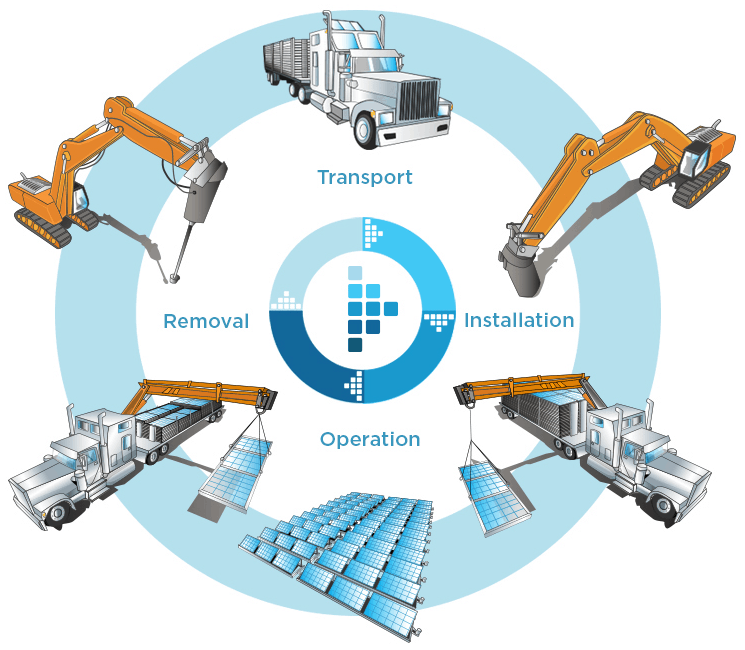The failure of the Kogan Creek Solar Boost, the Chinchilla solar project scrapped last year at a cost of at least $45m to taxpayers, has been blamed on former QLD Premier Campbell Newman and current Premier Annastacia Palaszczuk’s ‘pro-coal’ policies, according to the project’s scientist inventor David Mills.

Kogan Creek Solar Boost failed due to lack of PPAs
Australian Scientist Mills has invented a pioneering type of solar thermal technology which was slated to be used at Kogan Creek. The project was supposed to reduce carbon emissions and result in increased efficiency at the coal-fired Kogan Creek power station. Mills had a plan to use thousands of heliostat mirrors to focus solar energy and pre-heat steam, which would then drive turbines to generate power. This is a novel concept as it uses the sun’s heat to generate renewable energy, rather than its light. Run by French nuclear group Areva for Queensland state-owned power utility CS Energy, the project was scrapped by them in 2016 citing “technical and contractual problems”. CS Energy recorded a $70m ‘impairment’ in its accounts due to the failed scheme – and 50% of this amount was funded by the Queensland Government’s Carbon Reduction Program. Another $35m was supposed to come from the Australian Renewable Energy Agency (ARENA) but it ended up only paying $6.4m before the project was shelved for a multitude of reasons.
Mills said that when the project was in its inception then-Premier Anna Bligh was supporting the project, but Newman and Palaszczuk weren’t able to get state-owned power companies to buy the electricity produced under a power purchase agreement, effectively killing off the scheme. Queensland Solar has suffered a major setback as a result.
“It’s clear that there’s protection of existing companies going on here for the local industry,” Dr Mills said. He was also adamant about the efficacy of the tech, stating that “This is not a technology failure.” However, there were additional problems at Kogan Creek which helped scupper its chances of reaching completion.
“Fast Moving Clouds” – the failure of Kogan Creek
The Kogan Creek Solar Boost was supposed to supply energy for up to 5,000 Queensland homes – but today over 3,000 solar panels are sitting unused at the site and the $105m project appears doomed. CS Energy officially abandoned the project last year, citing “rapidly moving clouds” and the fact that their steam pipes were rusting in the Queensland climate.
The site’s manager from 2011-2013, Ian Canham from Areva Solar, has publicly rubbished claims about the “rapidly moving clouds” and noted that the pipes rusted because they were left uncollected at the Port of Brisbane during the 2011 floods because of a pay dispute between Areva and DHL, subsequently rendering 80% of them unusable. Canham also said that “ARENA never came to the site” and neither did the state government, despite providing significant funding. Throughout this litany of errors Areva imported steel from China of such poor quality it was buried as scrap, and 40 Areva workers arrived from the US without adequate safety gear or training. Canham estimated that Areva lost nearly $50m on the project.





